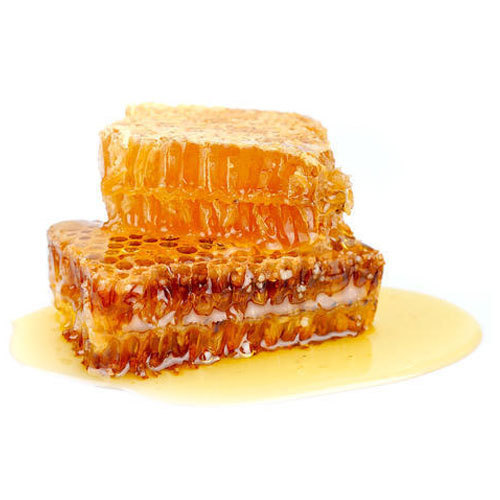Description
Wild honey is a type of honey that is produced by bees that collect nectar from wildflowers and plants, rather than from cultivated crops. The flavor, aroma, and color of wild honey can vary depending on the types of flowers and plants the bees collect nectar from, as well as the location and climate where the honey is produced.
Like other types of raw, unprocessed honey, wild honey contains natural enzymes, antioxidants, vitamins, and minerals. These compounds may provide potential health benefits, such as supporting immune function, promoting wound healing, and acting as a natural cough suppressant.
However, it is important to note that some types of wild honey may contain toxins or other contaminants, depending on the plants the bees collect nectar from and the environmental conditions where the honey is produced. For example, honey produced from the nectar of certain types of plants, such as rhododendrons or azaleas, may contain grayanotoxins, which can cause nausea, vomiting, and other symptoms if consumed in large amounts.
When purchasing wild honey, it is important to choose a high-quality, raw, and unprocessed product from a reputable source. It is also important to be aware of the potential risks associated with consuming honey from certain types of plants, and to seek medical attention if you experience any adverse reactions after consuming honey.






